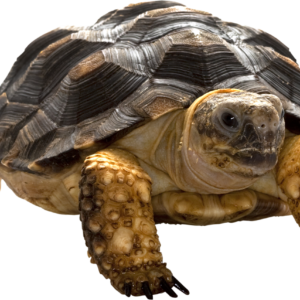Description
Geographic Distribution
Naja haje is predominantly found in North Africa, including Egypt, Libya, Sudan, Morocco, and parts of the Middle East such as Saudi Arabia. It thrives in a variety of habitats, from deserts to savannas and wooded areas. This species is also commonly found in cultivated areas where it may come into contact with human populations.
Preferred Habitat
The Egyptian cobra inhabits dry, open landscapes like deserts, grasslands, and woodlands, as well as areas near water sources such as rivers and pools. It is adaptable to both hot, arid environments and slightly cooler areas. Its ability to live in human-inhabited regions increases its contact with people.
Physical Characteristics
Naja haje is a large snake that can grow up to 2 to 3 meters in length. It has a distinct hood, which it expands when threatened or defensive. The hood is marked with a characteristic pattern that varies among individuals. The color of the body typically ranges from light brown to yellowish-brown, often with darker markings. It has a long, narrow head and large eyes, which help it to hunt prey efficiently.
Behavior and Diet
The Egyptian cobra is primarily terrestrial, although it is capable of climbing trees and structures. It is a nocturnal and diurnal predator, meaning it hunts both during the day and night. Its diet consists mainly of small mammals, birds, reptiles, and eggs. It is a skilled hunter that uses its venom to subdue prey. The Egyptian cobra’s venom contains neurotoxins that paralyze its prey.
Reproduction
Naja haje is oviparous, meaning it lays eggs. During the breeding season, the female typically lays between 10 to 30 eggs, which hatch after an incubation period of about 60 to 70 days. The hatchlings are independent as soon as they emerge and begin hunting on their own.
Lifespan and Survival
In the wild, the Egyptian cobra typically lives for about 15 to 20 years. Its venom and defensive behaviors help protect it from predators. Despite this, it faces threats from habitat destruction and human activities, including hunting and the destruction of its natural environment. It is not considered endangered, but it is listed as “Least Concern” by the IUCN.
Threats and Conservation
While Naja haje is not endangered, it faces some threats, including habitat loss due to urbanization, agriculture, and deforestation. In some areas, it is killed due to fear, especially when it comes into contact with human populations. Conservation efforts focus on preserving its natural habitat and ensuring that it is not unnecessarily killed by humans.







